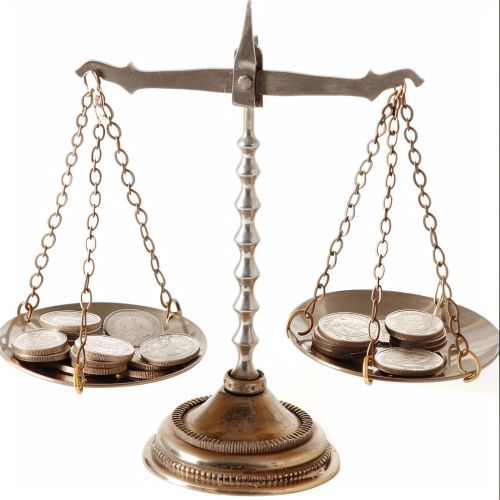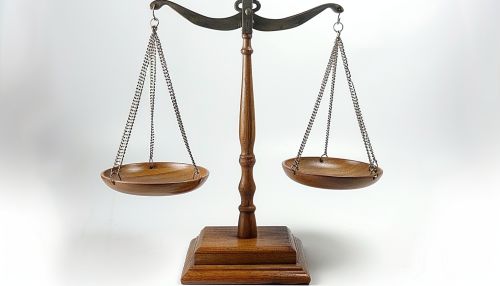Balance of payments
Introduction
The balance of payments (BOP) is a comprehensive and detailed record of all economic transactions between the residents of a country and the rest of the world during a given period. It provides a systematic record of all economic transactions, whether visible or non-visible, conducted by the residents of a country during a specific period. The BOP includes the current account, capital account, and financial account, each of which has several sub-accounts.


Current Account
The current account is one of the two primary components of the balance of payments, the other being the capital and financial account. It consists of the balance of trade, net primary income or factor income (earnings on foreign investments minus payments made to foreign investors) and net cash transfers.
Balance of Trade
The balance of trade is the difference between the monetary value of exports and imports of output in an economy over a certain period. It is the largest component of a country's balance of payments on its current account. A positive balance of trade is known as a trade surplus and consists of exporting more than your imports, while a negative balance of trade is known as a trade deficit or, informally, a trade gap.
Net Primary Income or Factor Income
Net primary income or factor income is the income received by residents from overseas for providing factors of production, for example, labor or capital, minus the income paid to non-residents who contribute to the domestic economy. It includes income from wages, salaries, interest, dividends, and royalties.
Net Cash Transfers
Net cash transfers are current transfers in cash or in kind between residents and non-residents. They include workers' remittances from overseas, donations, aids, grants, official assistance, and pensions.
Capital and Financial Account
The capital account in the balance of payments records the flow of capital, i.e., the buying and selling of assets, between countries. The capital account includes foreign direct investment (FDI), portfolio investments, and other investments. The financial account records transactions that involve financial assets and liabilities and that take place between residents and non-residents.
Foreign Direct Investment
Foreign direct investment (FDI) is an investment made by a firm or individual in one country into business interests located in another country. It is the net inflows of investment to acquire a lasting management interest in an enterprise operating in an economy other than that of the investor.
Portfolio Investment
Portfolio investment involves transactions in equity securities, such as common and preferred stocks, and debt securities, such as bonds, notes, money market instruments, and financial derivatives.
Other Investments
Other investments in the capital and financial account include trade credits, loans, currencies, deposits, and gold reserves.
Balance of Payments Adjustment
The balance of payments adjustment is the process by which nations adjust to changes in the balance of payments to reach or maintain a state of equilibrium. It involves reducing the imbalance in the current account by adopting suitable monetary and fiscal policies.
Conclusion
The balance of payments is a vital economic indicator for a country. It provides valuable information about a country's economic stability, competitiveness, and attractiveness for investment. A country with a persistent deficit in its balance of payments may face economic instability, while a persistent surplus might indicate a competitive advantage in international trade.
